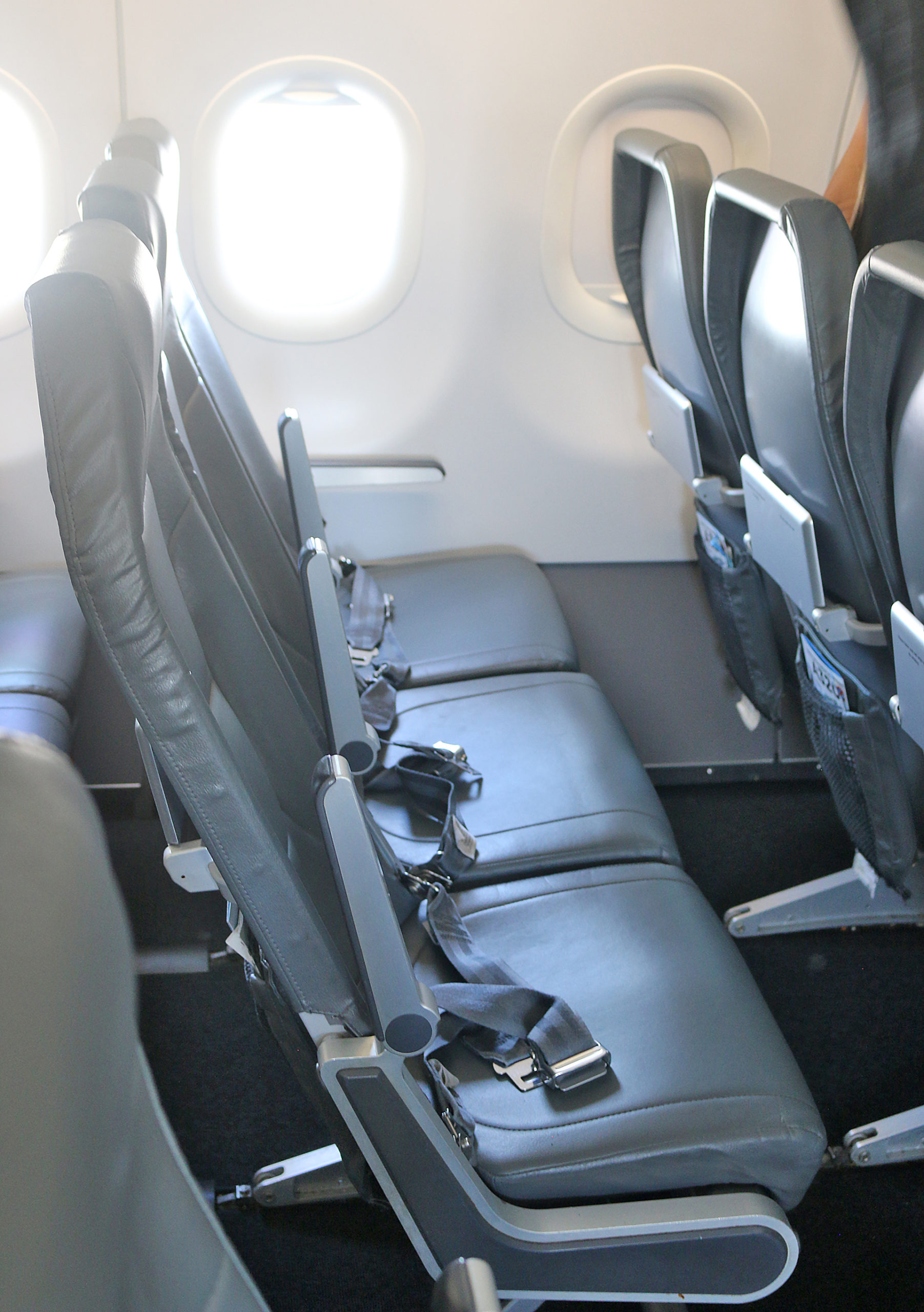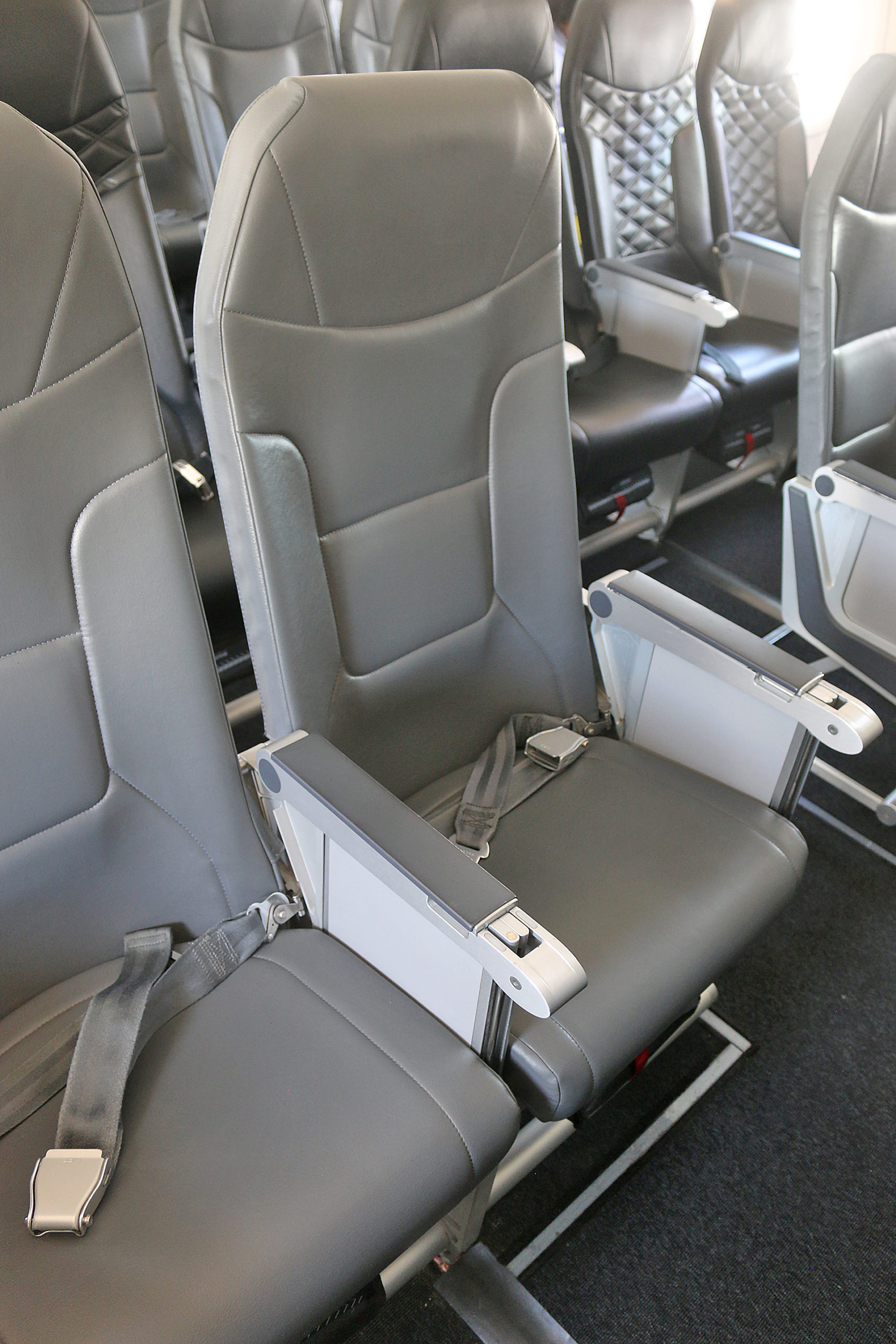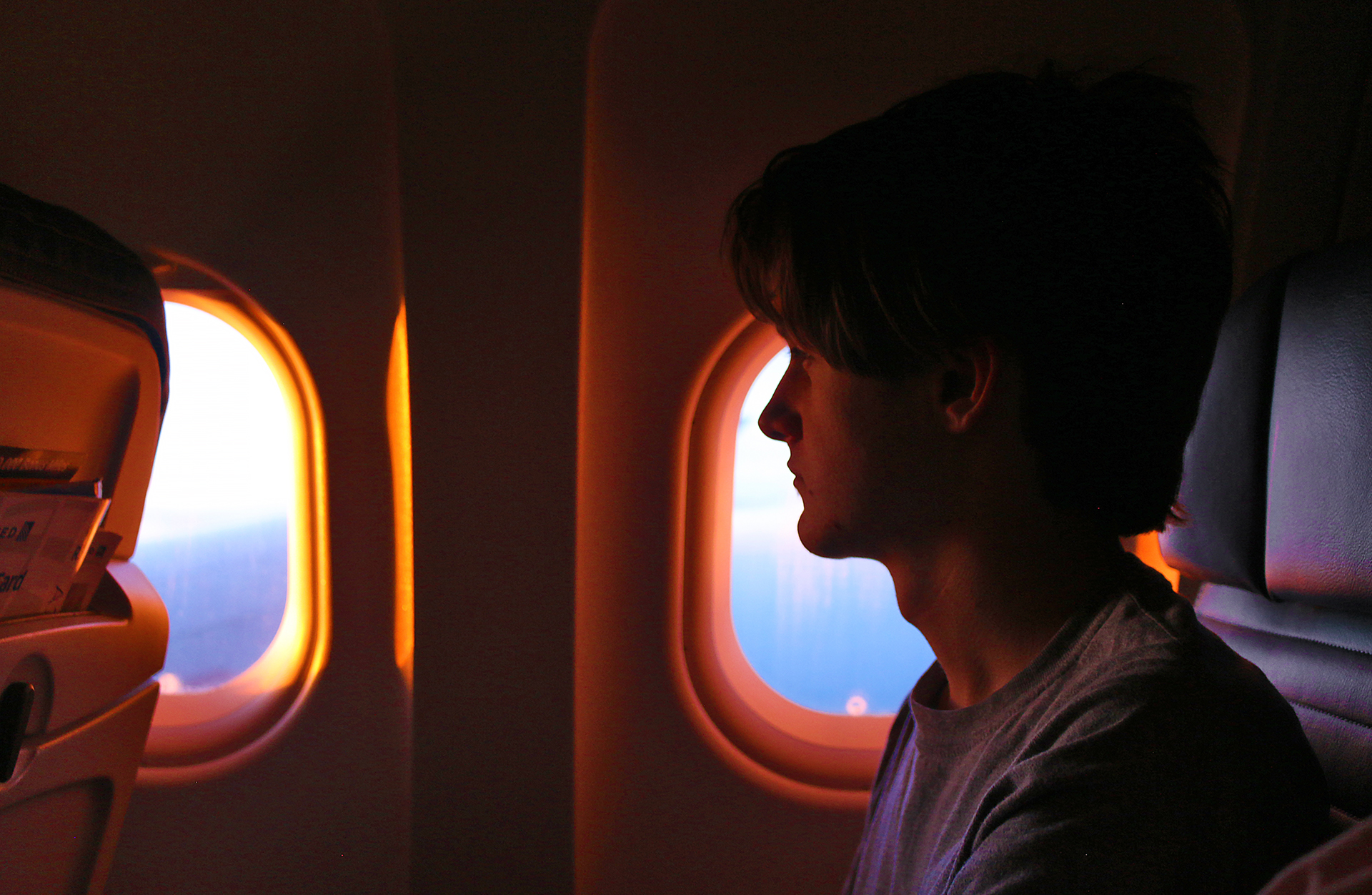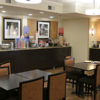As you board an airplane as a passenger and get yourself comfortable in the seat which was assigned to you, you might have looked out the window — or, perhaps, adjusted the shade of the window — and wondered why the corners of windows aboard airplanes are always rounded.
Why Windows on Airplanes Have Rounded Corners

The answer to that question is for safety as the result of at least three crashes of a particular model of airplane which was equipped with square windows.
29 passengers boarded a de Havilland DH-106 Comet 1 passenger jet aircraft registered as G-ALYP — which operated as British Overseas Airways Corporation flight 781 — in Singapore on Sunday, January 10, 1954 to travel to London with stops along the way; and when the airplane departed from Rome-Ciampino Airport in Italy at 10:31 in the morning to complete the last segment of the flight itinerary, no one expected the airplane to fall out of the sky from approximately 27,000 feet and crash into the sea off the Island of Elba not even 30 minutes later.
None of the passengers or the six members of the flight crew survived that event on that fateful day.
What was only the third de Havilland DH-106 Comet 1 airplane to have been built suffered from structural failure of the pressure in the passenger cabin of the aircraft, which was brought about by fatigue — and one of the reasons that was reportedly discovered was a constant concentration of stress around pressure cabin apertures which were significantly stronger than had been anticipated…
…particularly around parts of the fuselage which were cut out with sharp corners — such as with square windows, with which the Havilland DH-106 Comet 1 aircraft was equipped.
The incident occurred only almost eight months after the crash of another de Havilland DH-106 Comet 1 passenger jet aircraft on Saturday, May 2, 1953 registered as G-ALYV and operated as British Overseas Airways Corporation flight 783 crashed shortly after taking off from Kolkata in India upon encountering a severe squall. None of the 43 people who were aboard that airplane survived that crash either, to which structural failure was also reportedly attributed as one of the causes…
…and yet another similar incident occurred on Thursday, April 8, 1954: a de Havilland DH-106 Comet 1 passenger jet aircraft registered as G-ALYY and operated as British Overseas Airways Corporation flight 201 crashed after departing from Rome on its way to Cairo. None of the 21 people who were aboard that airplane survived that crash either, to which structural failure was also reportedly attributed as one of the causes, as the fuselage disintegrated before plunging into the Tyrrhenian Sea.
Extensive investigations eventually determined that the cause of all three crashes was the break up of the fuselage pressure hull during each flight, as fatigue of the metal fuselage was caused by the repeated expansion and contraction of pressurization cycles. Cracks in the aluminum skin of the fuselage formed at corners of the square passenger compartment windows before eventually spreading outward from the corners of those windows, which resulted in catastrophic explosive decompression.
The entire fleet of de Havilland DH-106 Comet 1 was grounded immediately after the third crash by British Overseas Airways Corporation — which eventually became one of the entities which formed British Airways — and the British Air Ministry revoked the certificate of airworthiness of the aircraft. Production of the DH-106 Comet 1 was halted at de Havilland.
Prior to the de Havilland DH-106 Comet 1 passenger jet aircraft, predecessor airplanes did not fly as fast or as high in the atmosphere, as they were powered with propellers instead of jet engines; so multiple flights and stress from repeated pressurization was not a concern of airplanes with square windows.
To prevent similar incidents from happening again, airplanes are constructed with oculi — which is the plural of the term oculus and windows whose corners are rounded are an example of oculi — in order to distribute the pressure and stress more evenly around the window to eliminate the concentration of stress which would occur with windows with square corners, which created natural weak spots that contribute to cracks or breaks to the fuselage. Circular shapes are also stronger and resist deformation, which means that they are better able to withstand the repeated differences in pressure between the inside and outside of the aircraft.
No Sharp Edges

Another — albeit lesser reason — windows do not have square corners is because sharp edges are not found anywhere aboard the airplane: not on windows, tray tables, armrests, overhead storage bin doors, or television screens as five of numerous examples.
Because sharp edges could potentially hurt knees, hips, elbows, fingers, or any part of the body which comes into contact with a sharp edge, the edges are rounded…
…but safety is not the only reason for rounded edges of objects aboard an airplane, as finishes of parts which are covered in laminate, molded, or machined and painted are significantly less likely to get fractures or have the finish wear off, which would otherwise be the result of stress of parts which are manufactured with sharp edges.
Besides, objects aboard airplanes with rounded edges arguably look better — as they appear more aerodynamic — than similar objects with sharp edges or square edges.
Final Boarding Call

Airplanes do not have windows in the shape of a square because the corners would be weaker, which contributes to the increased concentration of stress concentrates in those corners. Frequent pressurization and depressurization of windows with square corners eventually causes those corners to deform, crack, and even break. Windows with rounded corners have an even amount of stress throughout the window.
Although the introduction of the de Havilland Comet airplane revolutionized the industry as the first commercial jet airliner, the company never did fully recover from the aforementioned disasters…
…but thankfully, you do not need to be concerned with the windows aboard the airplane interfering with its structural integrity due to the corners being rounded around the windows.
Other interesting articles here at The Gate which pertain to airplanes include:
- Why Red and Green Lights Are On Wings of Commercial Airplanes
- Why Do Airplane Tires Not Explode Upon Landing?
- Why Is a Tiny Hole in the Airplane Window?
- That is Not Duct Tape on the Airplane — Or Is It?
- …So Why Are Black Triangles Above the Windows?
All photographs ©2017, ©2018, and ©2021 by Brian Cohen.

